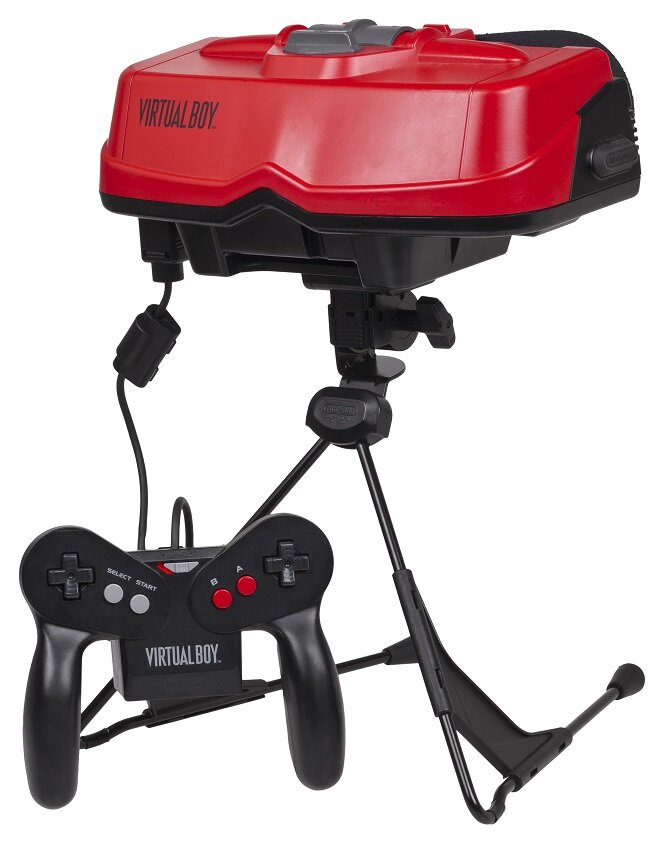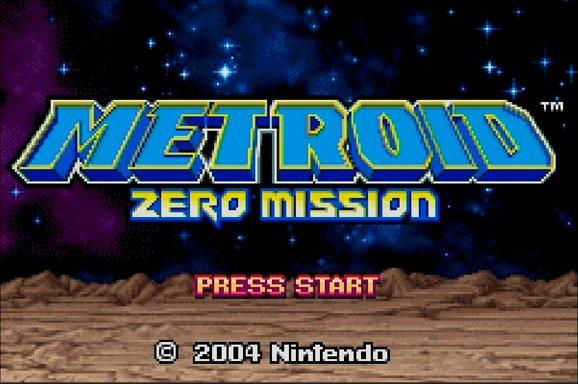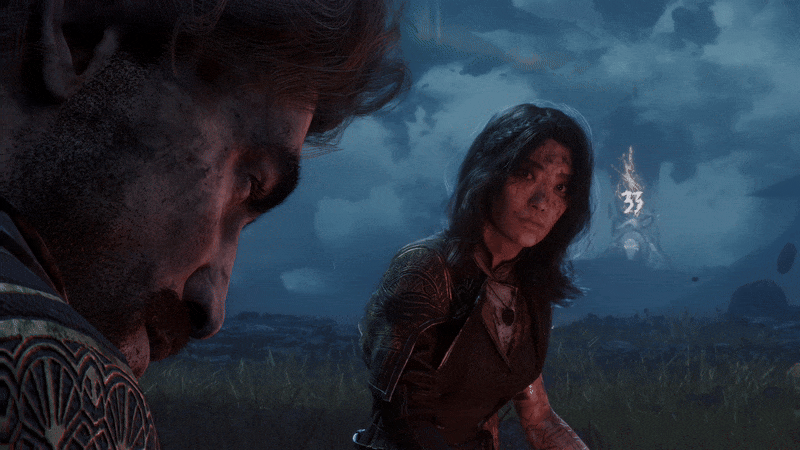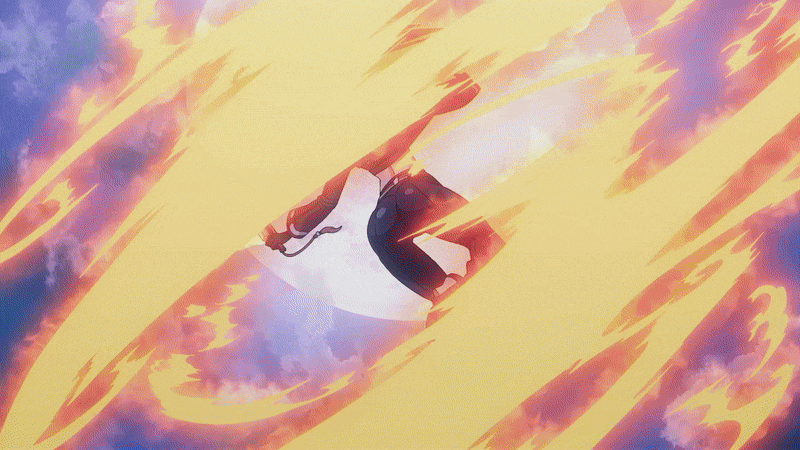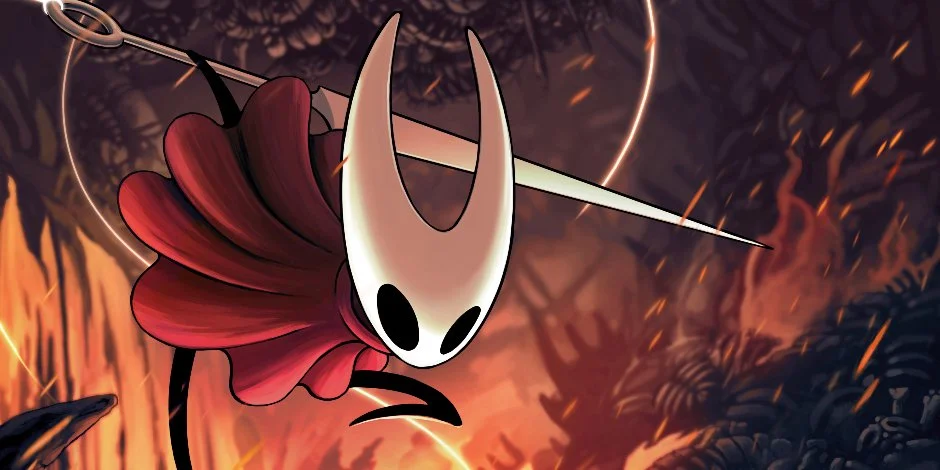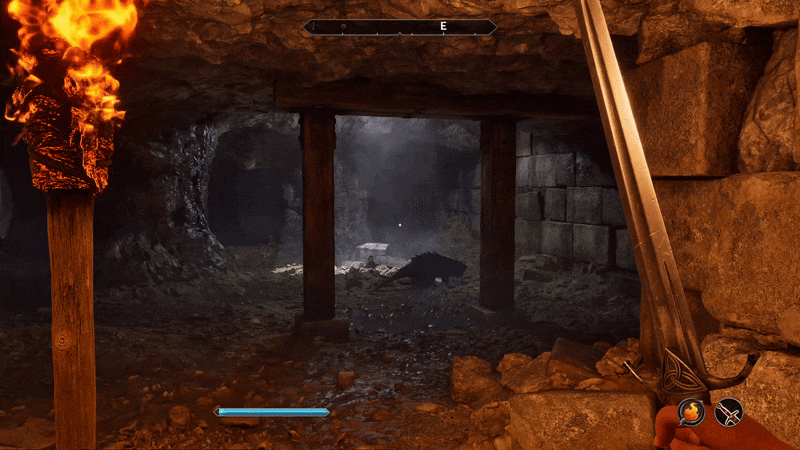This is the second part of our rundown on Nintendo’s R&D Divisions! In this installment, we will be wrapping up our look at R&D1!
(Click here for Part 1.)
Yokoi, seeing himself and Nintendo as the innovators of the game industry, began work on the "VR32", a virtual-reality based console in 1991. The "Virtual Boy", as it would go on to be called, was a major pet project of Yokoi's. Conceptualizing the device, getting approval for it, and manufacturing the darn thing was a four-year endeavor. The games meant to lead the Virtual Boy charge—Mario Clash, Virtual Boy Wario Land, Teleroboxer (and a few others)—were developed at R&D1.
The effort, sadly, did not pay off. Virtual Boy was not truly virtual reality nor was it portable enough to be a true handheld—it was essentially a dedicated gaming headset. Nintendo pushed to have it out before the Nintendo 64 and downsized it to be a portable console against Yokoi's wishes. The 1995 release of the Virtual Boy had little fanfare; it sold terribly. It was too weird to be successful and did not have enough must-have, killer app games. Afterward, Yokoi left Nintendo in 1996 to form his own company, Koto Laboratories. The final Nintendo game he directly worked on was Panel de Pon, as a general producer.
Game Boy Pocket came out at the right time! Pokemon was released in Japan and soon became a worldwide phenomenon! Several older Game Boy Games were re-printed.
All the while, R&D1 produced the Game Boy Pocket, a smaller version of the handheld, in 1996. And just in time for the Pokemon Craze to take off in Japan and for several classic Game Boy games to get re-issued.
After Yokoi's departure in 1996, R&D1 was restructured to only focus on software development; Game Boy Pocket was the final piece of hardware they designed. Development of the Game Color (and later the Game Boy Advance) was moved to the newly created division: Nintendo Research & Engineering.
Wonderswan pictured here. Yokoi designed this hendheld after he left Nintendo.
Yokoi sadly died in a traffic incident in 1997. He designed the WonderSwan series of handhelds for Bandai, but would never live to see his creation manufactured. Yokoi's colleagues such as Shigeru Miyamoto and Yoshio Sakamoto (director of Metroid and Super Metroid) always look back and revere Yokoi with praise.
"From a design perspective, Gunpei Yokoi." — Shigeru Miyamoto being asked in a 2011 interview with The Guardian who has been the biggest influence of his career.
" I joined the company as a designer, and my boss at the time was Gunpei Yokoi, who always said, "Designers don't need to know about tech. If they do, they'll start claiming something is impossible before they try, and that's no good." ' — Yoshio Sakamoto in a 2017 interview with Nintendo.com about Super Metroid
Leading into the early 2000s, R&D1 mostly focused on developing the Game & Watch Gallery, Wario Land, WarioWare and Metroid games on Game Boy, Game Boy Color and Game Boy Advance. Rarely did they create games outside that sphere. (Although, they did co-develop Sin and Punishment with Treasure Co. Ltd and the Japan-only Card Hero for Game Boy Color.)
Their final game before the big Nintendo restructure was Metroid: Zero Mission, an enhanced remake of the classic game that was released in 2004.
Nintendo R&D1 leaves behind a legacy of innovation and pushing limits of "withered technology" (to quote Yokoi). They more or less created handheld gaming as we know it and established very high standards for 2D action games. Their commercial failures were not ignoble, there was always a sense of integrity and pride behind their products. They were succeeded by Nintendo SPD.
WarioWare Smooth Moves was designed by R&D1’s successor: Nintendo SPD
Stay tuned for the next part as we cover Nintendo R&D2!
